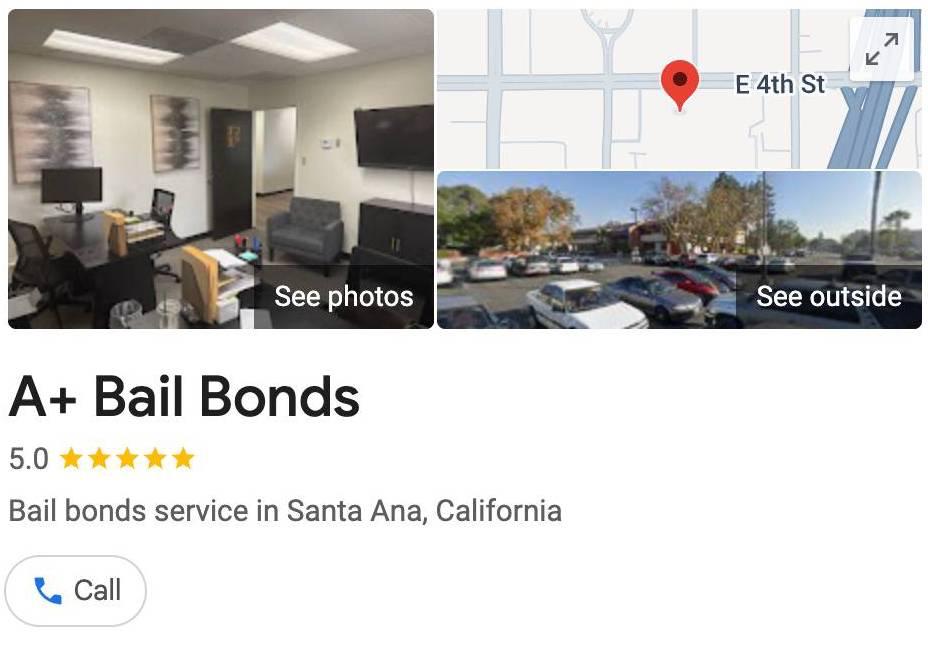California, known for its vibrant culinary scene, also has an intriguing legal framework surrounding the concept of bail. Bail serves as a financial guarantee that allows accused individuals to be released from jail while they await their trial. In certain situations, it’s possible that those exploring California’s diverse culinary landscape may stumble into legal pitfalls; hence, understanding how to navigate the bail process becomes crucial.
What is Bail and Why Might Someone Need It?
Bail is typically set by a judge and acts as collateral for the accused’s appearance in court. If they fail to appear, the bail amount is forfeited. People may need to post bail for various reasons, ranging from minor misdemeanors to more serious allegations. It is a way to ensure that individuals can maintain their daily lives, including enjoying the delightful culinary offerings of California, while addressing their legal issues.
Posting Bail in Culinary California
If you find yourself needing to post bail in a specific city, such as San Diego, here’s a step-by-step guide on how to navigate the process:
Step 1: Understand the Bail Amount
After an arrest, the court will set a bail amount based on the severity of the charge and the defendant’s risk of flight. You can find this information through court listings or by speaking to the arresting agency.
Step 2: Gather Necessary Information
To post bail, you will need specific details, including:
- Full name of the accused
- Booking number
- Jail location
- Bail amount
Step 3: Choose Your Method to Post Bail
You can typically post bail through cash, property, or a bail bond. Most people opt for a bail bond for affordability. It involves a percentage payment to a bail bondsman (often around 10% of the total bail amount). A+ Bail Bonds can assist with this process, offering quick, professional, and affordable bail bond services.
Step 4: Contact A+ Bail Bonds
To initiate the process, contact A+ Bail Bonds for assistance. Their experienced team will guide you through the procedures and ensure that the necessary paperwork is completed promptly. They can provide multiple payment plans to suit your needs.

Step 5: Complete the Paperwork
Once in contact with A+ Bail Bonds, you will fill out a bail bond application. The bondsman may require identification and collateral, which could include property or signed agreements.
Step 6: Pay the Bail Bond Fee
After all necessary paperwork is completed, pay the bail bond fee. A+ Bail Bonds accepts various payment methods for your convenience.
Step 7: Release from Jail
Once payment is made and the bond is secured, the jail will process the release of the accused. Normally, you can expect a release within a few hours, but it can vary based on the facility.
Understanding the Bail Process in California
The bail process usually involves several agencies:
- Arrest: An individual is taken into custody.
- Bail Hearing: A judge will decide on the bail amount.
- Posting Bail: Bail can be posted in cash, via a property bond, or through a bail bondsman.
- Release: After bail is posted, the individual is released pending trial.
The whole system is designed to balance public safety and the rights of the accused, allowing individuals to engage in their daily activities—whether it be enjoying California’s fabulous eateries or preparing for their court appearance.
Conclusion
Navigating the complexities of California’s legal system should not deter anyone from experiencing the state’s rich culinary offerings. If you or someone you know is facing legal challenges in Culinary California, turn to A+ Bail Bonds for efficient, trustworthy, and budget-friendly bail bond services. They are committed to helping you return to your culinary adventures while ensuring you meet your legal obligations.
Frequently Asked Questions
1. Why is bail set at different amounts?
Bail amounts vary based on the severity of the charge, the defendant’s criminal history, and their perceived flight risk.
2. Can I get my bail money back?
If you post bail in cash and comply with all court appearances, the court will return the bail money after your case concludes. However, the bail bond fee paid to a bondsman is non-refundable.
3. What happens if I fail to appear in court?
Failing to appear can lead to a forfeiture of bail and may result in additional legal charges. Always keep your court dates to avoid complications.
4. What if I cannot afford the bail amount?
A bail bondsman, like A+ Bail Bonds, can help by allowing you to pay a percentage of the bail amount, making it feasible to secure your release.

